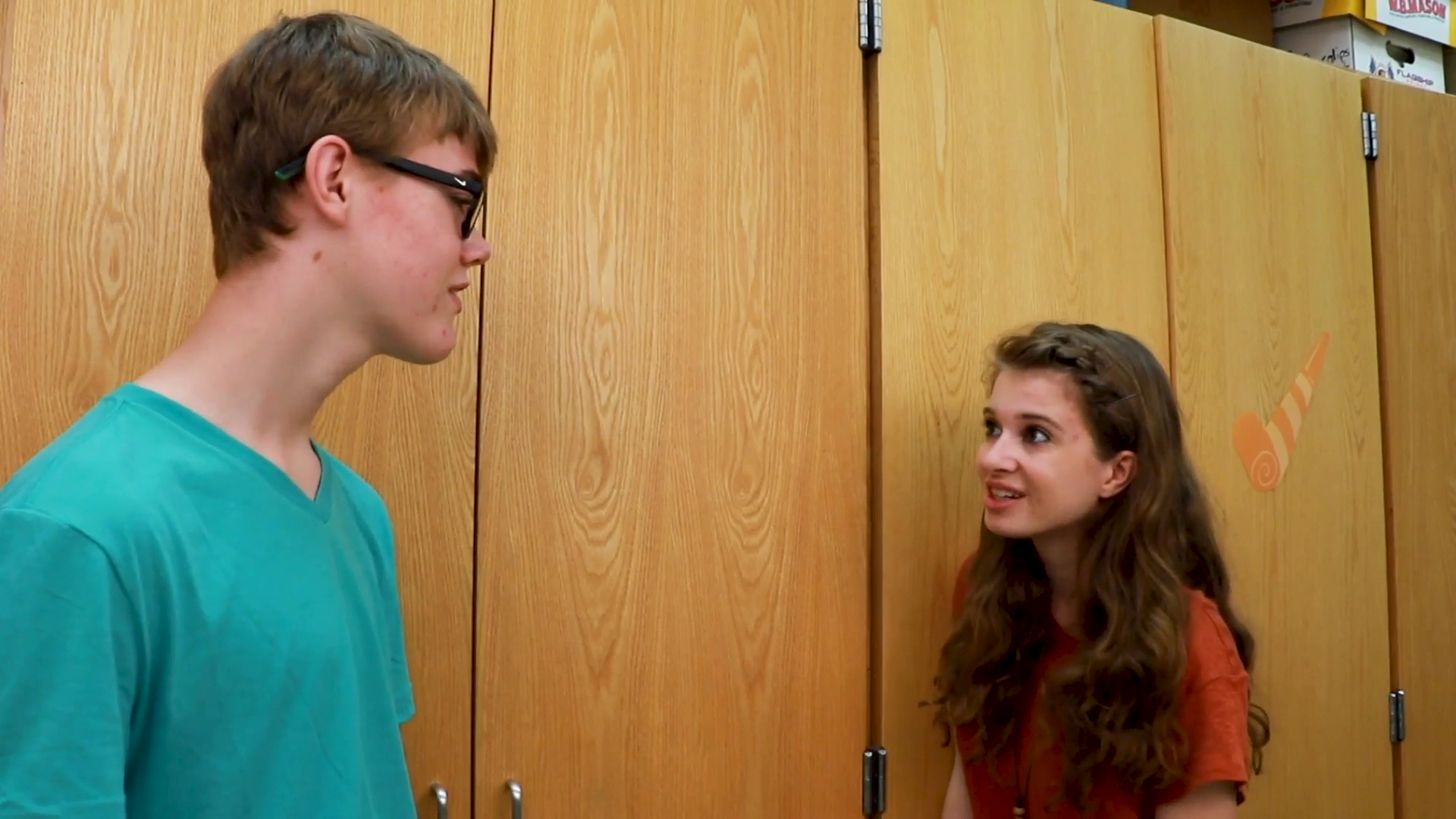Introduction
Starting conversations can be challenging for many students, especially those in Special Education. Teaching students the necessary skills to engage in conversations is crucial for their social-emotional development. This blog post focuses on a step-by-step approach to help educators teach students how to initiate conversations, engage in small talk, and identify when to continue or end a conversation. Let’s dive into a no-prep activity, discussion questions, and related skills that will support students on their journey to becoming better conversationalists.
No-Prep Activity: Conversation Role-Play
In this activity, students will practice starting conversations by role-playing with their peers. Here’s how it works:
- Pair students up and assign them different roles (e.g., student A and student B).
- Provide a scenario or topic for the conversation, such as discussing a recent movie, sharing weekend plans, or talking about a favorite hobby.
- Have student A initiate the conversation by following the steps outlined: planning a topic, greeting student B, commenting or asking a question, and watching for interested clues.
- Student B responds, and they take turns talking and listening, continuing the conversation if both parties are interested.
- After a few minutes, have the students switch roles and practice again with a new scenario or topic.
This activity allows students to practice conversation skills in a safe and controlled environment, helping them build confidence and competence in social situations.
Discussion Questions
After the role-play activity, engage the students in a discussion using the following questions:
- How did you decide on a topic for your conversation? What topics do you find interesting?
- What greeting did you use to start the conversation? Why did you choose that greeting?
- How did you know if your partner was interested in the conversation? What clues did you look for?
- What strategies can you use to keep a conversation going if the other person is interested?
- How can you end a conversation politely if the other person seems uninterested or busy?
Related Skills
Beyond conversation initiation, there are several other essential skills for students to develop:
- Active Listening: Teach students to pay attention, show empathy, and ask follow-up questions during conversations.
- Nonverbal Communication: Encourage students to be aware of their body language, facial expressions, and tone of voice, as these cues can influence the course of a conversation.
- Assertiveness: Help students find a balance between being passive and aggressive in conversations, allowing them to express their thoughts and feelings respectfully.
- Conflict Resolution: Equip students with strategies to address disagreements and resolve conflicts in a healthy and constructive manner.
Next Steps
Now that you have a better understanding of how to teach conversation skills to students in Special Education, it’s time to put these strategies into practice. To access more resources, including free samples of skill-building materials, visit Everyday Speech’s Sample Materials page. By incorporating these techniques into your teaching, you’ll empower your students to navigate social situations with confidence and success.






